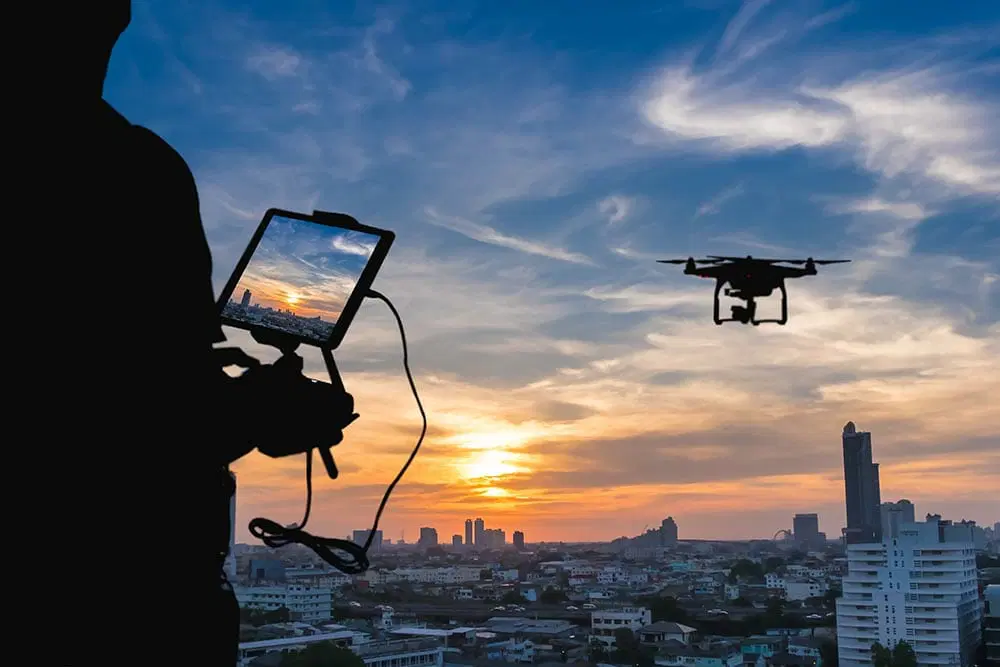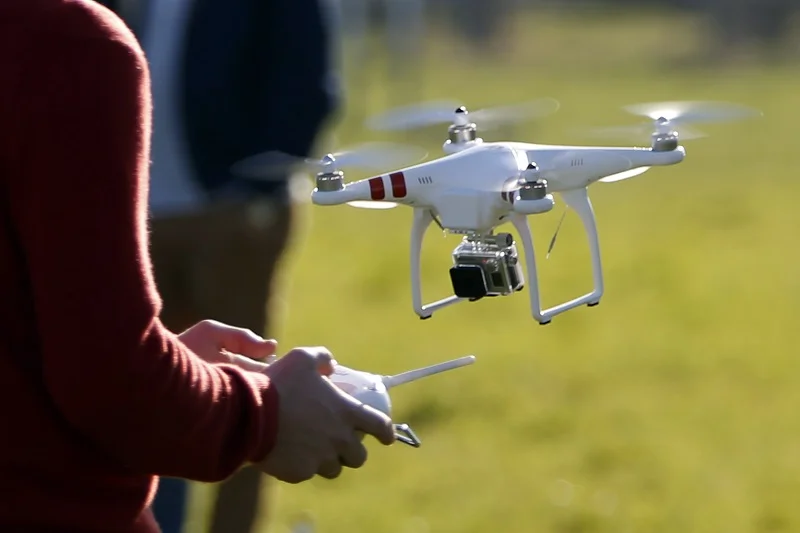What is Drone Technology and Its Impact on Photography?
What is drone technology? This question has become increasingly relevant as drones have transformed the landscape of not just photography, but numerous sectors ranging from agriculture to transportation. For professional photographers, drone technology has opened new avenues for capturing stunning images, providing perspectives that were once difficult or impossible to achieve. Drones enable photographers to soar above landscapes, capture dynamic live events, and explore uncharted territories, ultimately enhancing the storytelling power of their work.
This article dives into the intricate world of drone technology, examining its components, functions, benefits, and the essential things photographers must consider when integrating drones into their craft.

Understanding Drone Technology
To fully grasp what drone technology entails, it's important to understand the basic components and functions of drones. Drones, also known as Unmanned Aerial Vehicles (UAVs), are aircraft that are operated without a human pilot on board. They rely on remote control systems, autonomous operations, or a combination of both. Here's a quick breakdown:
- Airframe: The structure of the drone, often made of lightweight materials to enhance mobility.
- Propulsion System: Typically consists of motors and propellers that allow the drone to fly.
- Control System: This includes the remote control and onboard computers that process the data needed for flight.
- Camera: Most drones used in photography come equipped with high-resolution cameras for capturing images and video.
- GPS: Drones utilize Global Positioning Systems for navigation and stability.
The Evolution of Drone Photography
As drone technology has evolved, so too has its application in photography. The implementation of drones gave rise to aerial photography, where photographers can capture breathtaking birds-eye views of landscapes, cityscapes, and events. Drones help elevate visual storytelling by providing unique perspectives that engage audiences more effectively.
With advancements in camera technology integrated into these drones, professional photographers can now capture images with sharp clarity, vibrant colors, and astonishing details. The introduction of features like 4K video and high frame rates allows for capturing dynamic visuals otherwise unattainable with traditional ground-based photography.
Benefits of Drone Photography for Professionals
Professional photographers stand to gain numerous advantages when utilizing drone technology. Below are some compelling benefits:
- Innovative Perspectives: Drones allow photographers to explore unique angles and compositions, enabling them to create striking visuals that captivate audiences.
- Access to Hard-to-Reach Areas: Drones can easily navigate areas that are challenging for ground equipment, such as mountains, forests, and crowded events.
- Cost-Effective Solutions: Hiring helicopters or cranes for aerial shots can be prohibitively expensive. Drones provide a more budget-friendly alternative.
- Post-Processing Opportunities: With the ability to capture RAW images, photographers have greater flexibility during the editing process, allowing them to enhance their photos more creatively.
Things to Keep in Mind for Drone Photography
While the benefits of using drones in photography are significant, there are several crucial factors that photographers must consider:
1. Understanding Local Regulations
Each location has its own set of regulations regarding drone operations. It's essential for photographers to be informed about the laws that apply to drone usage. For instance, flying in national parks can be restricted. Know the Laws.
2. Pre-Flight Checks
Before every flight, it's important to perform thorough checks of your drone. This includes inspecting battery levels, functionality of the control system, and ensuring the camera is properly attached.
3. Weather Conditions
Weather can significantly impact drone performance. High winds, rain, and snow can create hazards for smooth flying. Always check the weather before scheduling a flight.
4. Training and Skills
Knowing how to handle a drone proficiently is key. Consider taking professional training courses to develop your skills. Practice flying in open areas until you feel confident.
The Future of Drone Technology in Photography
The integration of drone technology in the photography world is just the beginning. With ongoing advancements in AI, machine learning, and image processing, the possibilities for photographers are boundless. We may soon see drones capable of autonomous flight that adjust and capture images based on environmental changes or pre-defined parameters.
Common Questions About Drone Technology
What types of drones are best for professional photography?
There are numerous types of drones, but those equipped with high-quality cameras and stabilization features are generally preferred by professional photographers. Models like the DJI Phantom series and the Mavic series are popular among professionals.
Do I need a license to operate a drone for photography?
Yes, in many regions, you will need to obtain a license, especially if you plan to use a drone for commercial photography. Check with your local aviation authority for requirements.
How can I connect my drone to the controller?
Understanding how to connect your drone to its controller is vital for seamless operation. For a detailed guide, check out this link: Connecting Drones.

Conclusion
In conclusion, what is drone technology plays a pivotal role in transforming photography into an art that transcends the ordinary. By leveraging this technology, professional photographers can enhance their creativity, deliver unprecedented visuals, and store memorable experiences from unique perspectives. Embracing drone technology will undoubtedly shape the future of photography, leading to astonishing results and greater rights for photographers to express their artistry from above.
For further reading, consider these links: Exploring Drones, Flying Tips, and Drone Laws.

